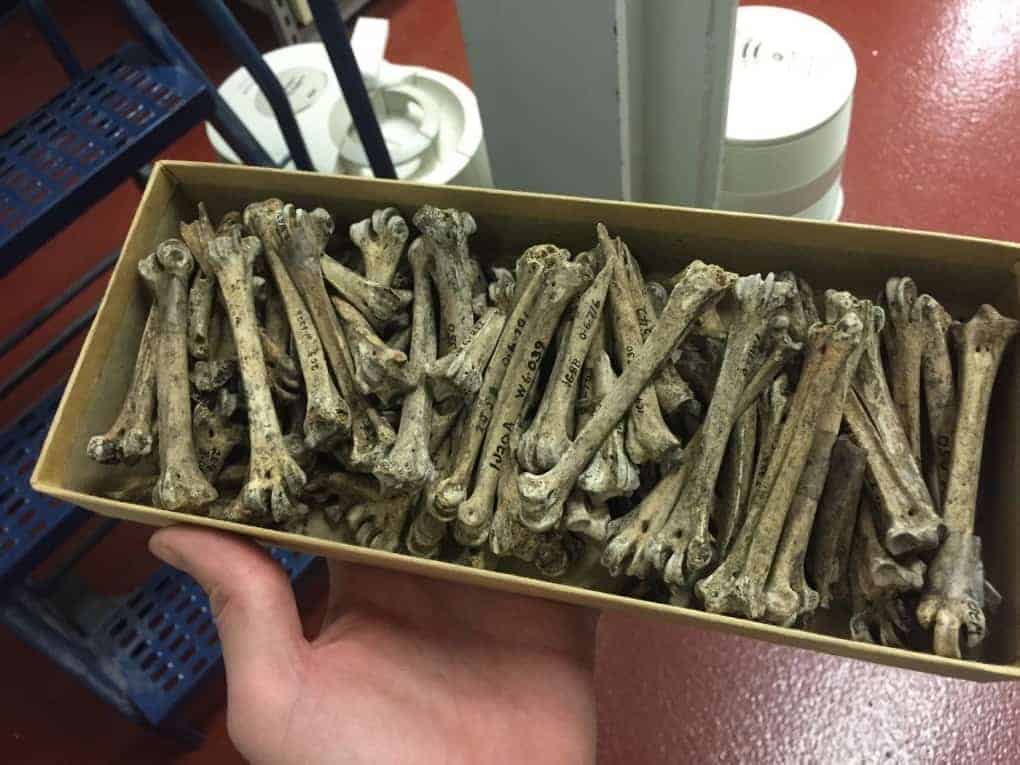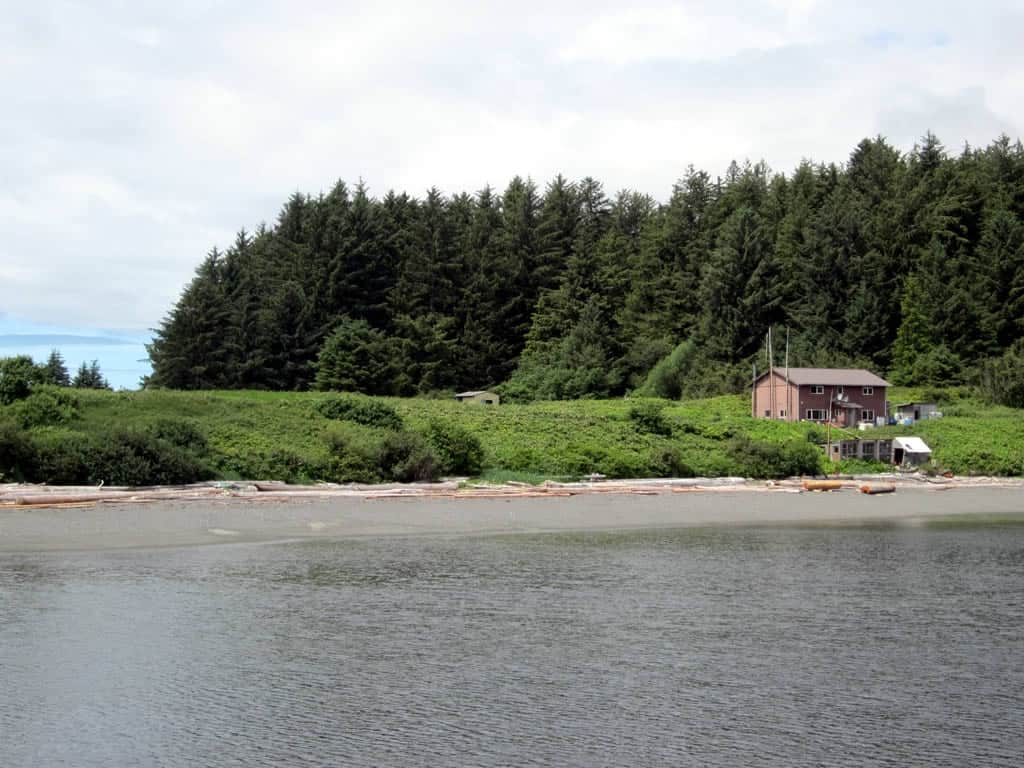Share this article
Ancient bone deposits reveal past albatross abundance
Ancient albatross bones have revealed that the birds were likely more plentiful in Vancouver Island Archipelago centuries before unregulated harvests decimated their populations.
Short-tailed albatrosses (Phoebastria albatrus) are found across the northern Pacific Ocean. They mostly only nest on two of the uninhabited Senkaku Islands northeast of Taiwan, which are currently administrated by Japan, and on Torishima in the Izu Islands south of Tokyo.
Some of these seabirds occasionally make it to the Pacific Coast of North America while foraging, but historically, places like Vancouver Island saw a lot more of them outside nesting season. The Committee on the Status of Endangered Wildlife in Canada now considers them threatened, mostly due to a large industrial hunt of the seabirds for their feathers in the late 1800s through to the 1930s in Asia.
“That caused the population to collapse from potentially millions to thousands,” said Thomas Royle, a postdoctoral archaeology researcher at Simon Fraser University in British Columbia. Volcanic eruptions in 1902 and 1939 further decimated some of the remaining population on Torishima Island, one of the two major nesting areas of the short-tailed albatross.

Short-tailed albatross bones excavated from the Yuquot National Historic Site of Canada. Credit: Eric Guiry
The situation got so bad that the birds were extirpated for roughly 50 years from Vancouver Island, only returning after the 1950s.
Royle wanted to learn more about how large the population was before the industrial revolution, as well as to determine which of the two main nesting populations the birds came from. The Mowachaht First Nation that have lived on Nootka Island for millennia used to harvest the birds for food and for the use of their feathers and other parts.
In a study published recently in Ecology and Evolution, Royle and his colleagues analyzed the archaeological remains of 51 short-tailed albatross bones excavated from the Yuquot National Historic Site of Canada on Nootka Island off the western end of Vancouver Island. The bones had been stored at the Canadian Museum of History in Gatineau, Quebec, and date from roughly 2300 B.C. right up to the 19th century.
The team managed to extract the DNA stored in 43 of the ancient bones, and conducted stable isotope analysis on them. These techniques revealed that for the past four millennia prior to extirpation, most of the remains on Nootka Island came from the Torishima population. The remains were less common in the earliest period, from 2300 B.C. to 1000 B.C., but they were evenly distributed over that period.
One exception was a period from roughly 1000 B.C. to 800 A.D., when two samples were found belonging to the Senkaku Islands population. However, most of the samples from this period were from the Torishima population, so it’s difficult to make strong conclusions about the period.

The Yuquot National Historic Site of Canada. Credit: David Stanley
Royle said that researchers still aren’t clear why population of Senkaku albatrosses only show up on Nootka Island for roughly 1,300 years.
Strangely enough, the dominance of Torishima albatrosses isn’t reflected on the Japanese end of the Pacific. In that area, both the Torishima and Senkaku Islands albatrosses are spread more evenly when found outside their respective nesting areas. Royle said that this suggests that while nearly all the birds still nest in the area roughly between Taiwan and Japan, the two populations may have distinct foraging strategies. The Torishima albatrosses may range more widely, while the Senkaku Islands birds stay closer to their nesting areas.
For Royle, this indicates that the two populations may require different management strategies. The feather trade is no longer a major threat to the short-tailed albatross, but the birds are often killed by longline fishing operations. When they swoop down to try to take fish captured by boats, they can get caught on the hook themselves, or become tangled in the tackle. Other threats to these albatrosses include the slicks from oil spills.
“It tells us that these two groups might be exposed to different threats,” he said, adding that by protecting foraging area only in the North American side or vice versa, you may be missing an entire foraging range. It’s unclear which populations are foraging on the island currently, but better protection for the birds across the range would require better international conservation coordination between countries like Canada, the U.S., Japan, the Koreas, Russia and China.
The fact that most of the remains were evenly distributed over the roughly four millennia of the study period highlights how the First Nations of the Vancouver Island Archipelago managed their seabird populations. The sheer number of bones found show that the harvest was intense, but still there was no sign of any change in abundance of the birds over time.
“First Nations have known since time immemorial about the sustainability of their practices,” Royle said. “There’s this growing appreciation among scholars of European or settler descent that people were managing resources successfully for centuries.”







